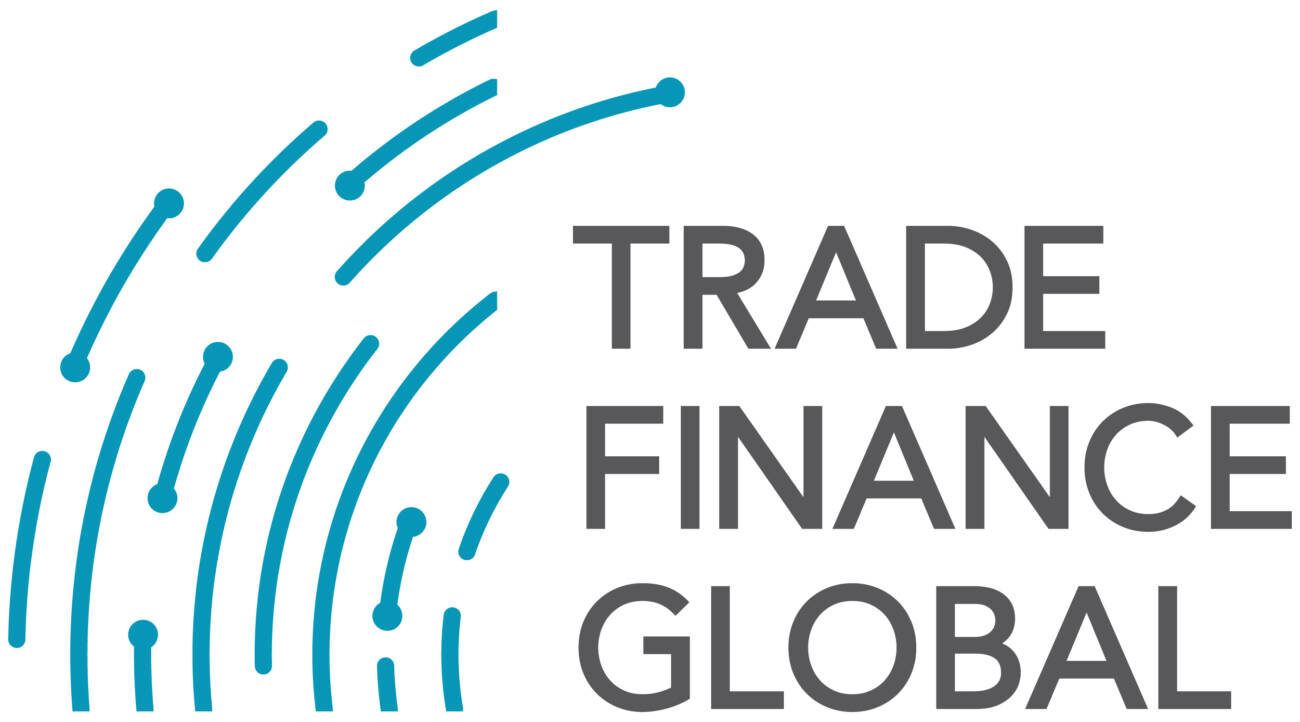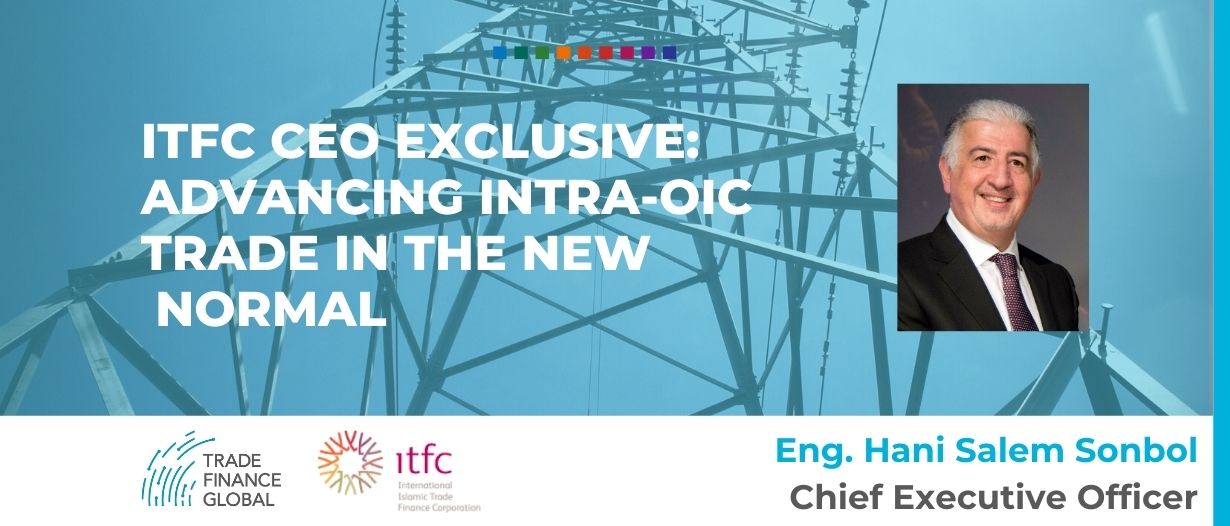As the COVID-19 pandemic unfolded in the first quarter of 2020, governments around the world were forced to take drastic actions to counter the socio-economic challenges posed by the crisis. The imposition of border closures and lockdowns globally, although easing up as the year went by, severely impacted trade activities, restricting global supply chains and interrupting trade flows. These measures not only led to extraordinary shortfall in the supply of key commodities such as staple foods, medicines, and petrol, but they also cut off sources of income for micro, small and medium size enterprises (MSMEs).
Across the developing world, especially in least developed countries (LDCs), the halting of trade activities left many of the most vulnerable segments of society without the safety net of state support. Furthermore, investor sentiments towards SMEs and start-ups fell in general, with no major signs of reversal at least in the first half of 2021. UNCTAD’s recent Investment Trends Monitor indicated that global foreign direct investment (FDI) fell by 42%, from US$1.5 trillion in 2019 to an estimated US$859 billion in 2020.
As the pandemic played out, global institutions such as the Organization for Economic Co-operation and Development (OECD) forewarned that the adverse impact on consumption, services, production, investment, transportation, public finance, and other economic activities could slash recovery expectations for both developing and developed countries in 2020 and 2021. However, the International Monetary Fund (IMF) stated that the global economy is expected to return to a 5% percent growth in 2021, marking the beginning of what it calls ‘a Long and Difficult Ascent’.
While the road to normalisation will not be easy, recovery efforts must go on. For the Organisation of Islamic Cooperation (OIC) countries, many of which are LDCs in Africa, Asia and the Arab world, the continuity of trade is vital for long-term socio-economic stability. Access to SME-funding, further exacerbated by the pandemic, is needed to ensure that intra-OIC trade continues to grow. To this end, the international and regional multilateral financial and developmental stakeholders have a key role to play in providing adequate support to secure trade continuity in these countries.
Protecting the upward pre-pandemic trajectory of intra-OIC trade growth
According to the latest edition of the OIC Economic Outlook 2020 by the Statistical, Economic and Social Research and Training Centre for Islamic Countries (SESRIC), production capacity in OIC member states had grown between 2010 and 2019, increasing by 63% to reach US$21.5 trillion in current dollar terms. Intra-OIC export flows have been steadily increasing since 2016 from US$254 billion to US$331 billion in 2019.
Notwithstanding the impact of COVID-19, the productive capacity of OIC countries is expected to grow by 5%, reaching US$22.6 trillion by end of 2021. With the goal to maintain this projection, OIC member states and their international and regional institutions and development partners intensified cooperation and steering efforts to boost foreign and Intra-OIC trade volumes by facilitating import-export flows.
Since the onset of COVID-19, the International Islamic Trade Finance Corporation (ITFC) has introduced new programs and tools to protect and enable critical exports and imports between OIC member countries. These initiatives are geared towards protecting and growing value chains across key industries, particularly agriculture, agri-food, energy, pharmaceuticals, construction and electrical materials and equipment.
In the wake of the pandemic, ITFC repurposed its financing engagements to focus on the critical needs of member OIC countries, with an initial Rapid Response Initiative allocating US$300 million towards facilitating the procurement of emergency medical equipment and supplies, as well as strategic commodities, such as staple food and energy supplies. As the crisis played out, initial financing was increased, reaching over US$600 million for OIC member countries across Africa, Asia, CIS, and the Middle East regions. A further US$550 million is allocated under the second phase – Recovery Response Initiative – to support strategic sectors and enable member countries to benefit from the reorientation of supply chains over the next two years.
Cooperation between public and private sector entities is crucial to sustaining intra-OIC trade development
In 2020, ITFC provided US$3.68 billion, representing 78% of overall trade financing operations, to facilitate trade between OIC member countries. A major focus was on private sector development, which is central to ITFC’s strategy for driving intra-OIC trade. Given its importance on job creation, income generation and generating trade flows, the SME sector remains a key priority. Lines of financing, extended through partnerships with local banks and FIs in OIC member countries, are helping SMEs access trade finance resources and contributing towards reviving the sector from the blows dealt by the pandemic. In 2020, ITFC’s financing support for SMEs was US$427 million.
Integral to advancing intra-OIC trade is cooperation between public and private sector stakeholders in member countries. There must be a collaborative, big picture approach in addressing the underlying challenges that prevent import-export based SMEs from capitalising on existing intra-OIC trade potential. More than ever, these countries must adopt digital trade processes and policies to reduce trade costs and improve trade efficiencies. Collaboration is also a fundamental enabler for knowledge and technology transfer, which in turn can increase trade flows between member countries.
The Arab Africa Trade Brides (AATB) Program is an ITFC flagship program launched in 2017 to promote and increase trade and investment flows between Middle East and Africa, two major OIC regions. Today, AATB is a powerful alliance of multilateral financial and development stakeholders including Afreximbank, Arab Bank for Economic Development in Africa (BADEA), Islamic Corporation for the Insurance of Investment and Export Credit (ICIEC), Islamic Development Bank Group (IsDB), OPEC Fund for International Development (The OPEC Fund), and the governments of Egypt, Morocco, Tunisia, Benin, Cameroon, Senegal and Togo. The partnerships, structures, and initiatives under the AATB Program have greatly supported trade between the Arab and Africa regions by reducing trade costs, improving technological capacities, facilitating the migration of best practices and increasing preparedness to meet supply chain risks.
Another program geared towards driving intra-OIC trade is the Aid-for-Trade Initiative for Arab States (AfTIAS). This initiative works towards enhancing the competitiveness of enterprises through trade policy reforms, improving the capacities of national, regional and trade support institutions through trade facilitation and training programs and providing support efforts to integrate SMEs into global value chains.
It is crucial for development stakeholders not to lose sight of the importance of protecting intra-OIC trade. There remain significant opportunities in sectors that can sustain growth and enhance the participation of OIC countries in global value chains. Partnerships between international and regional multilateral financial and developmental institutions, government, and private sector stakeholders present opportunities to focus on sectors with high added value, that rely on a more skilled workforce and that can promote greater investment and knowledge diffusion to boost intra-OIC trade and create long lasting socioeconomic impact.

